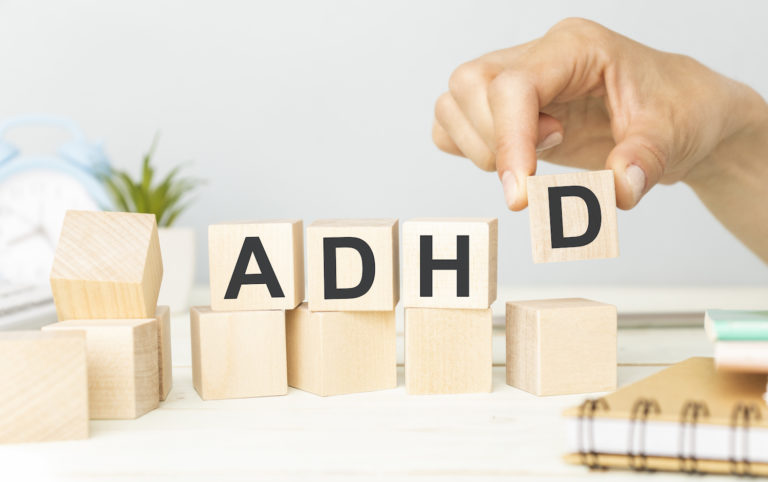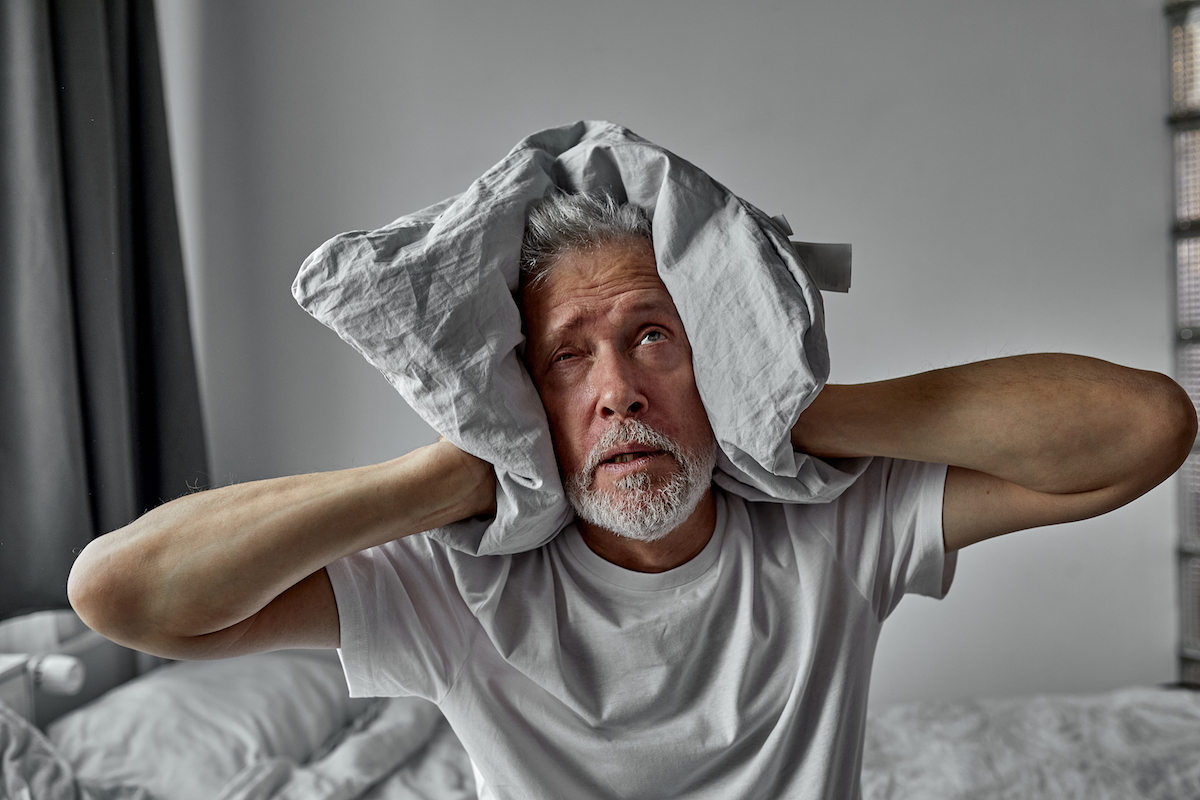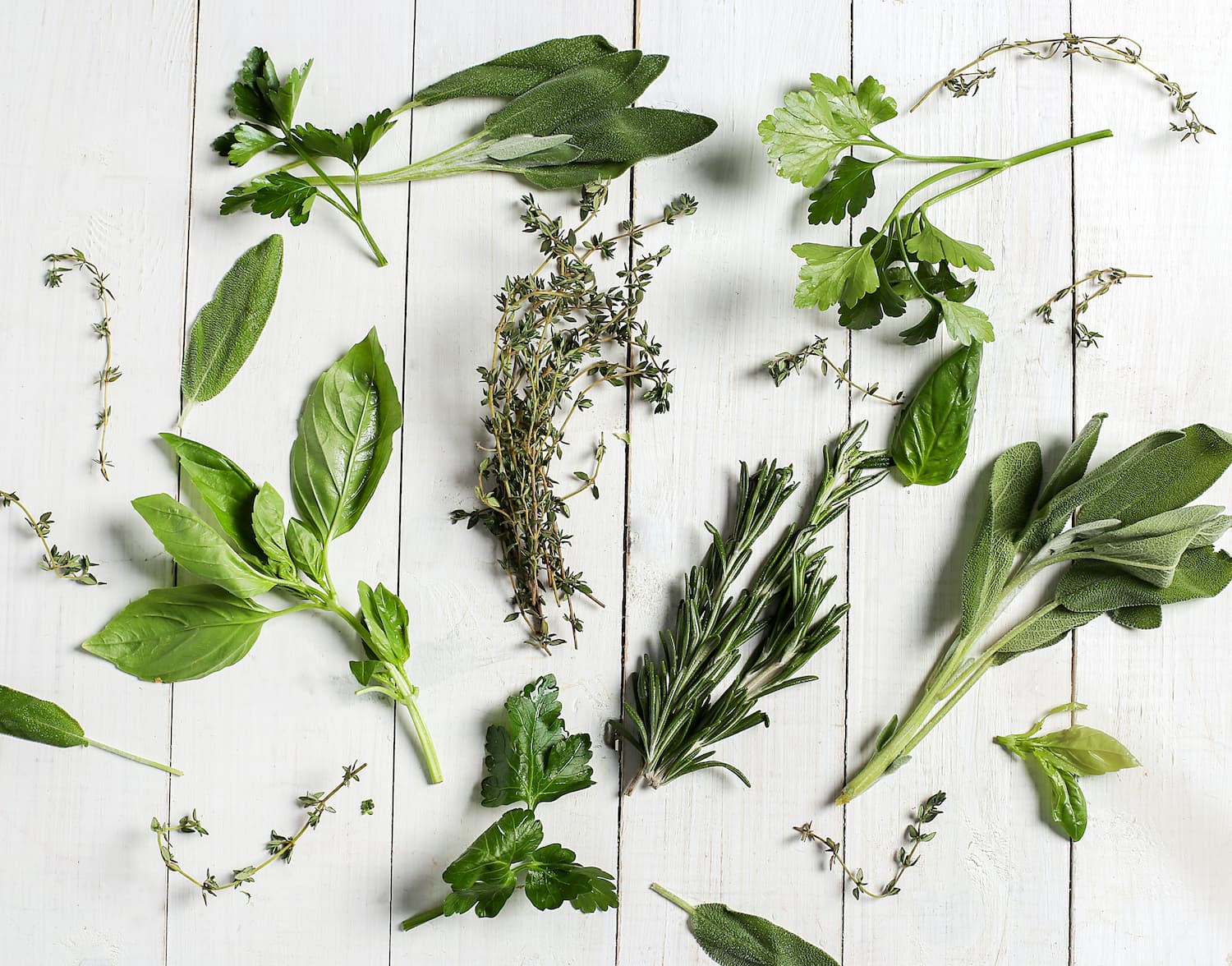Updated on 15. November 2021 from ÁYIO-Q Redaktion
Reading time: approx. 6 minutes
The immune system reliably protects our organism from pathogens, toxins and other harmful substances. Parts of the body’s defenses are constantly on alert to neutralize potential threats immediately. In an increasing number of people, the immune system reacts hypersensitively and is also directed against harmless substances such as pollen, house dust, animal hair and certain foods. The result is inflammation, which is called hay fever or allergy.
Widespread disease allergy
About one third of the world’s population is affected by hay fever or other allergies. Health experts estimate that there are 20 to 30 million allergy sufferers in Germany. Tendency increasing!1
Orthodox physicians consider heredity to be the main cause of allergies. However, as with many other chronic diseases, our modern lifestyle encourages an over-sensitivity of the immune system: stress at work or in the family, an unhealthy diet, high levels of pollutants in the body and excessive hygiene all promote the development of disease.
What are the most common allergies?
Several decades ago, the epidemic began with pollen allergy (rhinitis allergica), popularly known as hay fever. Sneezing attacks, a swollen, constantly running nose and conjunctivitis are typical symptoms of the disease. In addition, it may cause a scratchy throat, coughing and difficulty concentrating. Sufferers often feel tired and listless for weeks.
Hay fever occurs whenever the allergy-causing pollen flies. Particularly common are grain and grass pollen. Early flowering trees or shrubs such as birch, alder and hazel can also be responsible for allergic symptoms. In addition to dust mites and animal hair, the range also includes hypersensitivities to food and bee and wasp venom. They all have one thing in common: the allergic reaction is triggered by immunoglobulin E (IgE).
As an antibody, IgE ensures the release of histamine from the mast cells of the connective tissue as soon as the organism comes into contact with an allergen. The messenger substance histamine triggers an inflammatory reaction that occurs between a few minutes and a few hours later. This type of allergy is called type 1 allergy, immediate type allergy or IgE-mediated allergy by doctors. It can cause anything from swelling of the skin and mucous membranes, eczema, gastrointestinal problems to respiratory distress. In the worst case, insect venoms can cause life-threatening allergic shock.2
Conventional allergy treatments
In conventional medicine, the focus is on reducing allergic symptoms. If possible, those affected should avoid the triggering substances. What is easily possible with food and medicines proves difficult with pollen or house dust. Only when you move to a faraway country do you escape the local allergens. That is why doctors primarily use antihistamines for hay fever. As the name suggests, these are drugs that inhibit the action of histamine.
This stops the inflammatory reaction of the immune system and the allergy-related symptoms subside. Some patients hardly respond to antihistamines, so the doctor prescribes a cortisone preparation instead. Due to the side effects of antihistamines and cortisone, many sufferers shy away from using these drugs for a long time and look for an alternative. Hyposensitization – colloquially known as desensitization – is available primarily to people with hay fever as well as house dust and animal hair allergies.3
The aim of the therapy is to slowly accustom the body’s own defences to all allergy-causing substances. With time, the complaints usually weaken. As part of a long-term therapy, allergists inject their patients with an increasing dose of the allergens under the skin at certain intervals over several years. Sometimes they are administered in the form of tablets or drops. Since the hypersensitivity of the immune system does not change, an allergy to another substance can develop at any time after successful hyposensitization.
Naturopathic therapy approaches for hay fever and allergy
For alternative practitioners and naturopathic doctors, the treatment of allergic symptoms is not the main focus. Because figuratively speaking, the allergen is only the last drop that makes the barrel overflow. The first step is to find the individual causes for the dysregulation of the immune response. In what follows, let’s pick out two of the most important points: nutrition and gut health.
What role does nutrition play?
Numerous studies establish a link between the food consumed and the occurrence of allergies. This also applies to the influence of the diet of pregnant women on their unborn children. Thus, a Mediterranean diet reduces the risk of developing hay fever and other allergies.4
Behind the term Mediterranean diet is the predominant consumption of fresh fruits and vegetables, olive oil, legumes, and marine fatty fish such as mackerel, salmon, and tuna. Why such a diet is favorable for allergy sufferers? Due to its high content of biologically active components, especially the polyphenols, it has an anti-inflammatory effect and can thus prevent the development of allergy.5
In addition, the Mediterranean diet is high in the omega-3 fatty acids https://fundus.ayio-q.com/en/gesundheitsnews/omega-3-fettsaeuren-warum-dha-und-epa-fuer-uns-so-wichtig-sind/ docosahexaenoic acid (DHA) and eicosapentaenoic acid (EPA), as well as the fat-soluble vitamins E, D, K and A. All of these micronutrients have the potential to influence the course of inflammatory responses.6
Histamine-forming foods increase allergy symptoms
People who eat fast food and other processed foods several times a week are much more likely to suffer from allergic diseases than people with a healthy, balanced diet. This is the conclusion of a group of researchers from New Zealand who studied the eating habits of 500,000 children and adolescents from 51 countries.7
The reason is that the preservatives contained promote the production of histamine. The same applies to all smoked and matured products. Histamine-forming foods also include:
- Dairy products
- Wheat
- refined sugar
- Peanuts
- Citrus
- dried fruit
- Chocolate
- Prawns
- Caffeine
- Alcohol
Allergy sufferers should therefore limit their consumption of these products.
Allergic tendencies and intestinal health
The condition of the intestine plays a significant role in the development of allergies. On the one hand, inflammatory reactions lead to disturbances of the intestinal mucosa in the area of the small intestine. As a result, undigested food particles, toxins and bacteria enter the bloodstream and trigger an immune response. This phenomenon is referred to by naturopaths and alternative practitioners as leaky gut.8
In addition, IgE-mediated allergy depends on the bacterial colonization in the gut (microbiome). Why? A large part of our immune system, called GALT (English for gut-associated immune system), is located in the small and large intestines. About 80 percent of all defensive reactions are triggered by the GALT.
Babies born by caesarean section are five times more likely to develop allergies. The reason is that during the natural birth process the child absorbs the healthy bacterial flora of its mother. Newborns who see the light of day with the help of surgery do not have this advantage.9
But factors such as a low-fiber high-fat diet and frequent antibiotic treatments also affect the microbiome in our gut. Several scientific research studies have been able to prove the connection between a faulty colonisation of the intestine(dysbiosis) and the occurrence of hay fever and neurodermatitis. Accordingly, allergy symptoms can be improved by taking beneficial gut bacteria (probiotics).10-12
Holistic treatment method for hay fever and allergy
As a basic treatment, a combination of the following measures has proven itself in naturopathy:
- Anti-inflammatory diet
- Balancing the acid-base-balance
- body detoxification
- Colon Cleanup
- Taking missing vitamins, minerals and omega-3 fatty acids
- Autologous Blood Therapy
- Elimination of existing interference fields (dead teeth, chronic sinusitis, etc.)
- Application of living water
- Restoration of the mental balance
In addition, suitable medicinal plants, herbs, homeopathic remedies, Bach flowers, Schuessler salts, acupuncture and bioresonance therapy come into question. Morning and evening nasal irrigation with saline solution also relieves discomfort. To soothe the mucous membranes, you can put a drop of olive oil in each nostril and gently massage the nostrils. If the nose is sore from blowing it so much, calendula ointment helps.
Related articles: Allergy and hay fever
- Vitamins, minerals and medicinal plants can relieve allergy symptoms
- What role does our mind play in hay fever and allergy?
Sources:
[1] Allergie – Natürliche Mittel können helfen, at https://www.zentrum-der-gesundheit.de, Access date 20.06.2021
[2] Allergien: Definition, Symptome, Therapie, at https://www.apotheken-umschau.de, Access date 20.06.2021
[3] Allergie: Symptome, Behandlung und mehr, at https://www.netdoktor.de, Access date 20.06.2021
[4] Mascarenhas MR. Pediatric Anti-Inflammatory Diet. Pediatr Ann. 2019 Jun 1;48(6):e220-e225.
[5] Mazzocchi et al. The Secrets of the Mediterranean Diet. Does [Only] Olive Oil Matter? Nutrients. 2019 Dec 3;11(12):2941.
[6] Hogenkamp A et al. Allergy Modulation by N-3 Long Chain Polyunsaturated Fatty Acids and Fat Soluble Nutrients of the Mediterranean Diet. Front Pharmacol. 2020 Aug 21;11:1244.
[7] Ellwood P et al. Do fast foods cause asthma, rhinoconjunctivitis and eczema? Global findings from the International Study of Asthma and Allergies in Childhood (ISAAC) phase three. Thorax. 2013 Apr;68(4):351-60.
[8] Was ist leaky gut?, auf https://www.imd-berlin.de, Access date 20.06.2021
[9] Henry Ford Health System. Babies born by C-section at risk of developing allergies. ScienceDaily, 25 February 2013.
[10] Sestito S et al. The Role of Prebiotics and Probiotics in Prevention of Allergic Diseases in Infants. Front Pediatr. 2020 Dec 22;8:583946.
[11] Canani RB et al. Gut Microbiome as Target for Innovative Strategies Against Food Allergy. Front Immunol. 2019 Feb 15;10:191.
[12] Kalliomäki M et al. Guidance for substantiating the evidence for beneficial effects of probiotics: prevention and management of allergic diseases by probiotics. J Nutr. 2010 Mar;140(3):713S-21S.















